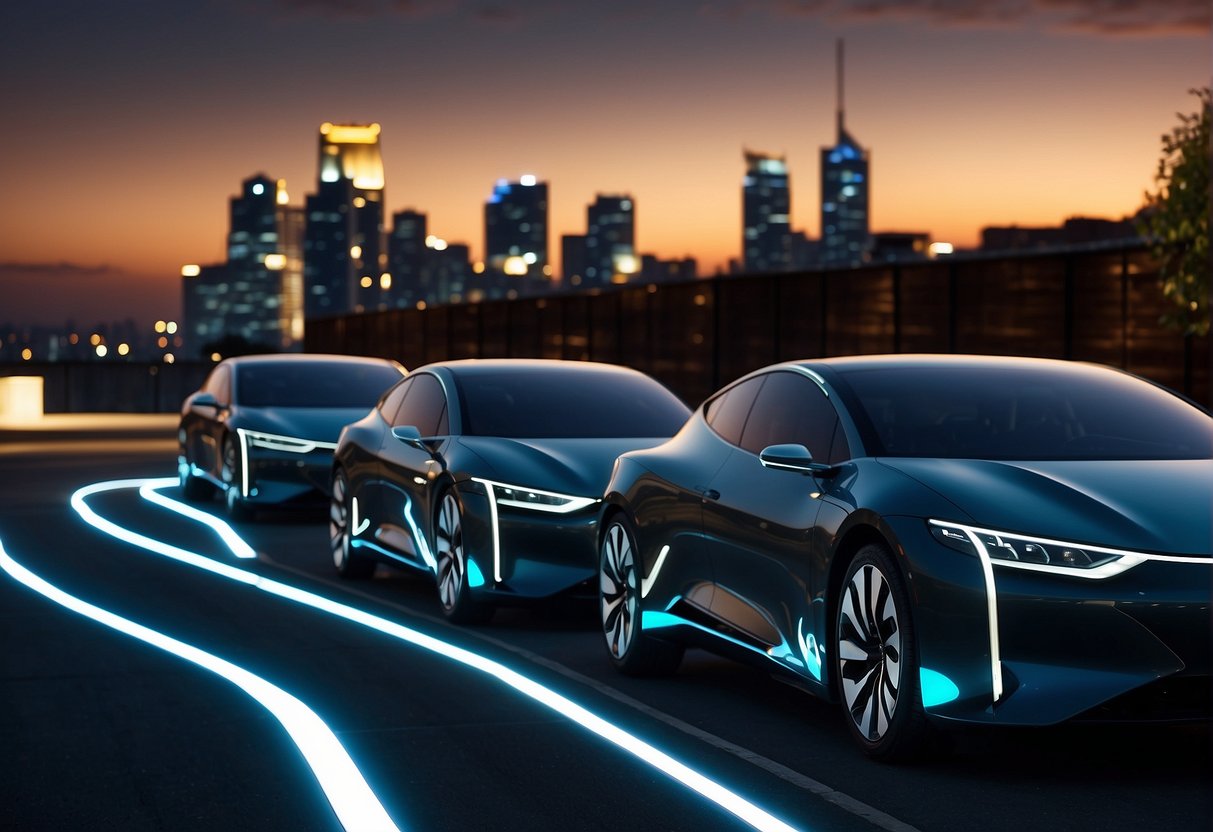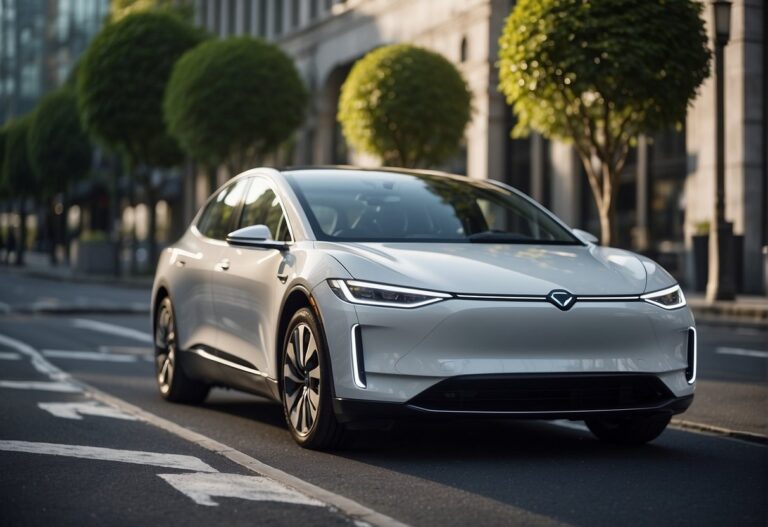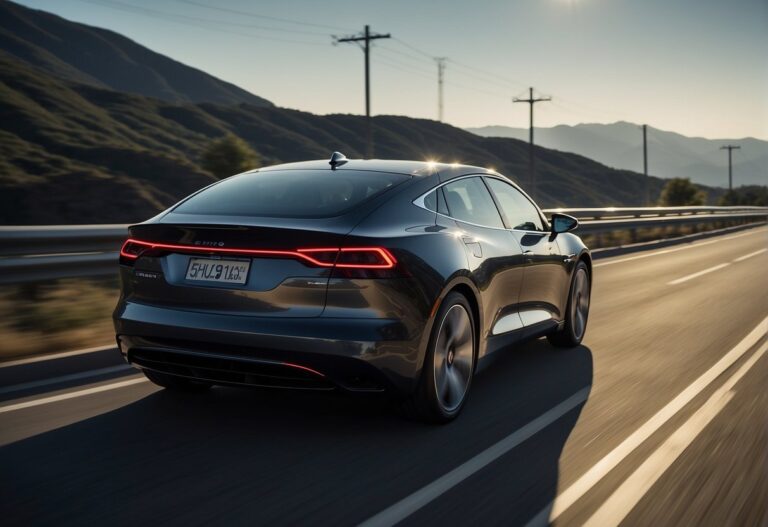Smart grid integration and electric vehicles are two technological advancements that have the potential to revolutionize the way we consume and produce energy. The smart grid is an advanced power infrastructure that utilizes digital communication and control technologies to manage the flow of electricity from power plants to consumers. On the other hand, electric vehicles (EVs) are automobiles that run on electric motors powered by rechargeable batteries.
The integration of EVs into the smart grid has attracted considerable interest from researchers, governments, and private companies alike. Such integration may bring problems if not conducted well, but EVs can also be used by utilities and other industry stakeholders to enable the smart grid. For instance, EVs can be used to store excess energy generated by renewable energy sources such as wind and solar power, which can then be fed back into the grid during times of high demand. This can help balance the load on the grid and reduce the need for fossil fuel-based power plants.
Furthermore, the concept of vehicle-to-grid (V2G) technology is one of the smart grid technologies that involve the EVs to improve the power system operation. V2G concept allows the energy exchange between EV and the power grid, which can provide numerous services to the power grid. V2G implementation may provide reactive power support, load balancing, harmonic filtering, and even power grid breakdown recovery. Therefore, the integration of electric vehicles into the smart grid has the potential to create a more efficient, reliable, and sustainable energy system.
Smart Grid Integration
Smart grid integration is the process of integrating various components of the power system, such as renewable energy, distributed energy resources, and electric vehicles, into the electrical grid to improve its efficiency, reliability, and sustainability. The integration of electric vehicles (EVs) into the smart grid is an important aspect of the overall smart grid integration process. This section discusses the various aspects of smart grid integration with respect to EVs.
Renewable Energy and Electric Grids
The integration of renewable energy sources, such as solar and wind, into the smart grid is a key component of smart grid integration. Renewable energy sources are intermittent and can cause fluctuations in the electrical grid, which can be mitigated by the use of energy storage systems and electric vehicles. EVs can act as mobile energy storage systems, which can be charged during periods of excess renewable energy generation and discharged during periods of high demand. This can help to balance the electrical grid and reduce the need for fossil fuel-based power generation.
Communication and Control Technologies
Communication and control technologies play a crucial role in the integration of EVs into the smart grid. These technologies enable the exchange of information between the EVs and the electrical grid, which is necessary for the effective management of the grid. The use of advanced communication and control technologies can help to optimize the charging and discharging of EVs, and ensure that the grid remains stable and reliable.
Energy Market and Smart Grid Technologies
The integration of EVs into the smart grid also has implications for the energy market. The use of EVs as mobile energy storage systems can create new opportunities for energy trading and arbitrage. Smart grid technologies can enable the creation of new markets for energy services, such as frequency regulation and demand response, which can help to reduce the overall system costs and improve energy security. The integration of EVs into the smart grid can also help to reduce the need for new power generation and grid infrastructure, which can result in significant cost savings for power system planning and grid planning.
In conclusion, the integration of EVs into the smart grid is an important aspect of the overall smart grid integration process. The use of EVs as mobile energy storage systems can help to balance the electrical grid and reduce the need for fossil fuel-based power generation. Communication and control technologies play a crucial role in the effective management of the grid, while smart grid technologies can create new opportunities for energy trading and arbitrage.
Electric Vehicle Deployment
The deployment of electric vehicles (EVs) is gaining momentum globally as a way to reduce greenhouse gas emissions, improve air quality, and reduce dependence on fossil fuels. However, the widespread adoption of EVs requires a significant investment in charging infrastructure and technologies, as well as policy, economics, and business models that support their deployment.
Charging Infrastructure and Technologies
The deployment of EVs requires an extensive network of charging stations that can provide reliable and convenient charging solutions for EV owners. The charging infrastructure includes public charging stations, workplace charging stations, and home charging stations. The charging technologies include Level 1, Level 2, and DC fast charging, with different charging speeds and power levels.
Vehicle-to-Grid (V2G) Services
Vehicle-to-Grid (V2G) services are emerging as a promising solution to address the challenges of integrating EVs into the power grid. V2G services allow EVs to provide grid services, such as energy storage, demand response, and frequency regulation, by using the battery capacity of EVs. V2G services can provide economic benefits to EV owners, utilities, and the grid, by reducing the cost of EV ownership, improving grid reliability, and reducing greenhouse gas emissions.
Policy, Economics, and Business Models
The deployment of EVs requires policy, economics, and business models that support their deployment. Policy makers can play a critical role in promoting EV adoption by providing incentives, regulations, and standards that support the deployment of charging infrastructure, V2G services, and EV fleets. Economics and business models can also play a critical role in promoting EV adoption by providing cost-effective solutions for EV ownership, charging, and V2G services.
In conclusion, the deployment of EVs requires a significant investment in charging infrastructure and technologies, as well as policy, economics, and business models that support their deployment. The deployment of EVs can provide significant economic, environmental, and social benefits, but it requires a collaborative effort from all stakeholders involved in the EV ecosystem.
Frequently Asked Questions
How do electric vehicles support the stability of the power grid through vehicle-to-grid (V2G) technology?
Electric vehicles can support the stability of the power grid through vehicle-to-grid (V2G) technology. V2G technology allows electric vehicles to send electricity back to the grid during peak demand periods. This helps to balance the grid load and reduce the need for expensive and polluting peaker plants. V2G technology also enables electric vehicles to store energy during off-peak periods and discharge it during peak periods, further reducing the strain on the grid.
What are the challenges faced in the integration of electric vehicles with the smart grid?
One of the main challenges faced in the integration of electric vehicles with the smart grid is the need for infrastructure upgrades. The existing electrical infrastructure was not designed to handle the increased demand for electricity that comes with the widespread adoption of electric vehicles. Another challenge is the need for standardization of charging protocols and communication between electric vehicles and the grid. This will require collaboration between automakers, utilities, and regulators.
What impact does the increasing adoption of electric vehicles have on the existing electrical infrastructure?
The increasing adoption of electric vehicles has a significant impact on the existing electrical infrastructure. It increases the demand for electricity and puts a strain on the grid during peak demand periods. This can lead to power outages and brownouts. However, with proper planning and infrastructure upgrades, the grid can handle the increased demand for electricity and benefit from the increased use of renewable energy sources.
How do smart chargers enhance electric vehicle integration into the smart grid?
Smart chargers enhance electric vehicle integration into the smart grid by enabling communication between the vehicle and the grid. They can adjust the charging rate based on the grid’s needs and the vehicle’s charging requirements. Smart chargers can also be programmed to charge electric vehicles during off-peak periods when electricity is cheaper and more abundant.
What machine learning methods are used to optimize electric vehicle charging in the smart grid?
Machine learning methods are used to optimize electric vehicle charging in the smart grid by predicting the demand for electricity and adjusting the charging rate accordingly. This helps to balance the grid load and reduce the need for expensive and polluting peaker plants. Machine learning algorithms can also be used to predict the availability of renewable energy sources and adjust the charging rate to take advantage of them.
How can smart microgrids improve the efficiency of electric vehicle integration?
Smart microgrids can improve the efficiency of electric vehicle integration by enabling local generation and storage of electricity. This reduces the strain on the grid and provides a more reliable and resilient source of electricity. Smart microgrids can also be programmed to prioritize the charging of electric vehicles during off-peak periods when electricity is cheaper and more abundant.



